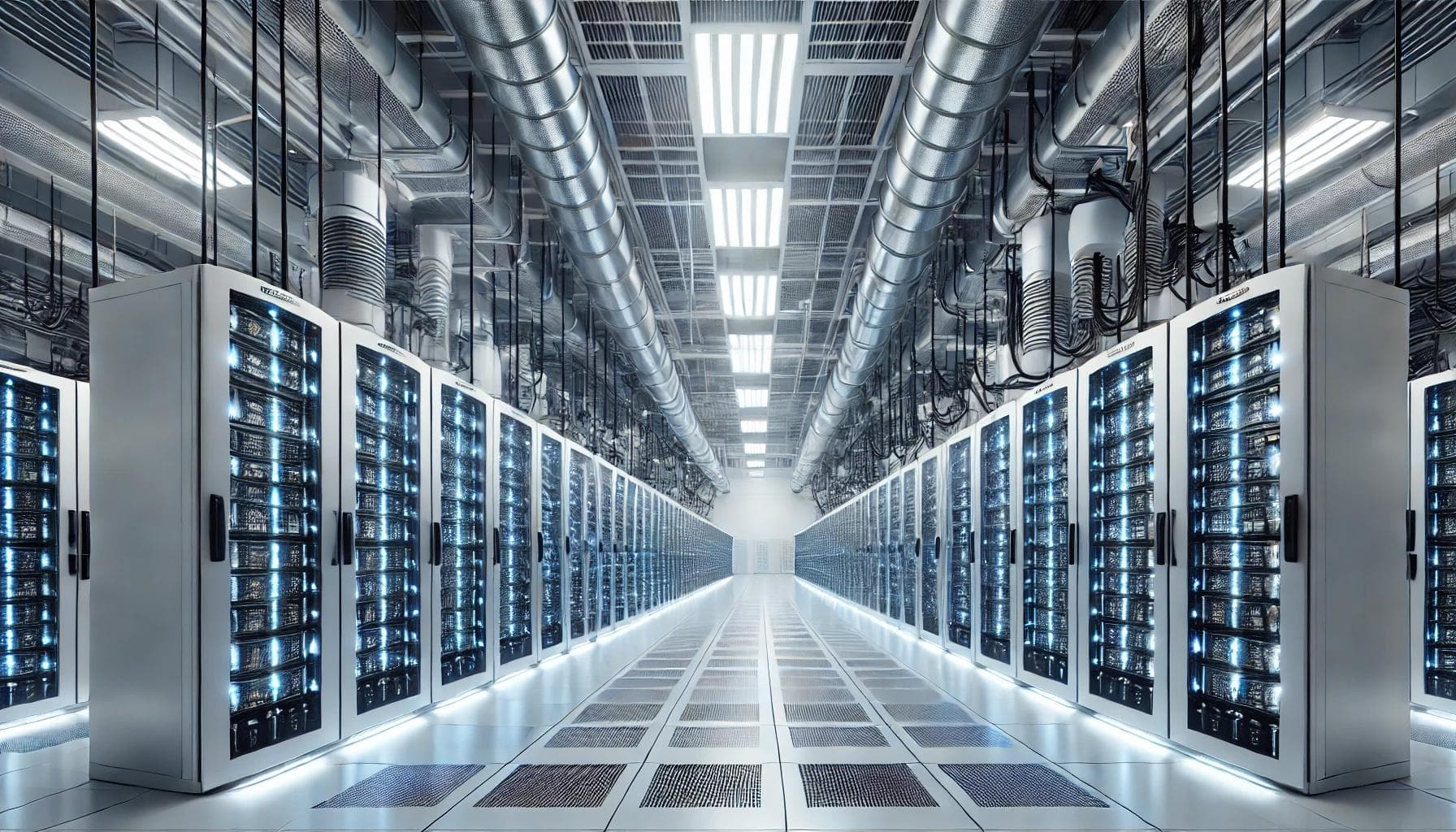How far away are we from a 1 GW Data Center?

Javier Reyes

The quest for a 1-gigawatt (1GW) data center—the pinnacle of computational power—is not just a technical challenge but also an economic and logistical undertaking. While data centers are growing rapidly, achieving 1GW capacity introduces unique challenges related to infrastructure, power, and technology. Let’s break down the economics and hurdles of building such a groundbreaking facility.
Scaling Up: Data Centers Are Growing Fast
Tech giants like Microsoft, Amazon, and Google are pushing the boundaries of data center sizes. According to Aterio's data:
Current Averages for Active Data Centers:
• Microsoft: 193,000 sq. ft.
• AWS: (Amazon): 167,000 sq. ft.
• Google: 236,000 sq. ft.
New Facilities Under Construction:
• Microsoft: 250,000 sq. ft.
• AWS: 242,000 sq. ft.
• Google: 283,000 sq. ft.
While these sizes represent remarkable growth, a 1GW data center would require facilities and infrastructure on an unprecedented scale.
Challenge 1: Securing Enough GPUs
For context, a 1GW facility could host around 1 million high-performance GPUs.
GPU Costs:
NVIDIA’s Blackwell B200 GPUs, the company’s most advanced AI chips, are priced between $30,000 and $40,000 each. (Source)
Total Cost for 1 Million GPUs:
• At $30,000/unit: $30 billion
• At $40,000/unit: $40 billion
Production Constraints:
NVIDIA plans to produce 450,000 Blackwell GPUs by the end of 2024, scaling up to 750,000–800,000 units per month by 2025. (Source)
While impressive, fulfilling a 1GW facility’s requirements may face delays due to competing demands from other large-scale buyers or supply chain issues.
Challenge 2: Securing 1GW of Power
Powering a 1GW data center requires substantial energy resources. This includes:
• Energy Sources: Traditional power grids may be insufficient, leading to exploration of alternative solutions such as nuclear energy.
• Small Modular Reactors (SMRs): Companies like NuScale Power are developing modular reactors that offer scalable and faster-to-deploy options for large energy demands.
• Advanced Nuclear Projects: Organizations such as TerraPower, backed by Bill Gates, are working on next-generation reactors, though their widespread deployment is still years away.
• Infrastructure Development: Building new power plants or upgrading existing grids requires significant time and investment, potentially delaying large-scale data center operations.
Comparative Industry Developments
Other companies are undertaking substantial data center projects, though not yet at the 1GW scale:
• CloudHQ: The company is nearing completion of a 180 MW single data center in a 1.7 GW campus in Ashburn, Virginia. Once operational, it will rank among the largest data center facilities in the market to date.
These initiatives highlight the industry’s progression toward larger facilities, yet achieving a 1GW data center remains a formidable challenge. This phased approach allows for gradual scaling, starting with smaller power blocks before reaching the full 1GW.
Conclusion
The development of a 1GW data center remains a complex undertaking, requiring significant economic and logistical solutions in hardware procurement and energy infrastructure. While we are seeing a surge of investment in data center upgrades and infrastructure, the challenges of GPU availability, power grid expansion, and energy sourcing persist. It’s possible that by Q3 2024, we could see data centers nearing 1GW capacity by incorporating upgraded facilities with a mix of the latest GPUs and older models. However, a fully operational 1GW data center exclusively powered by NVIDIA’s Blackwell B200 GPUs is unlikely to be achieved in 2025. Instead, it is more realistic to expect such a facility to come online by 2026, once production and deployment of next-generation GPUs and supporting energy systems reach maturity.